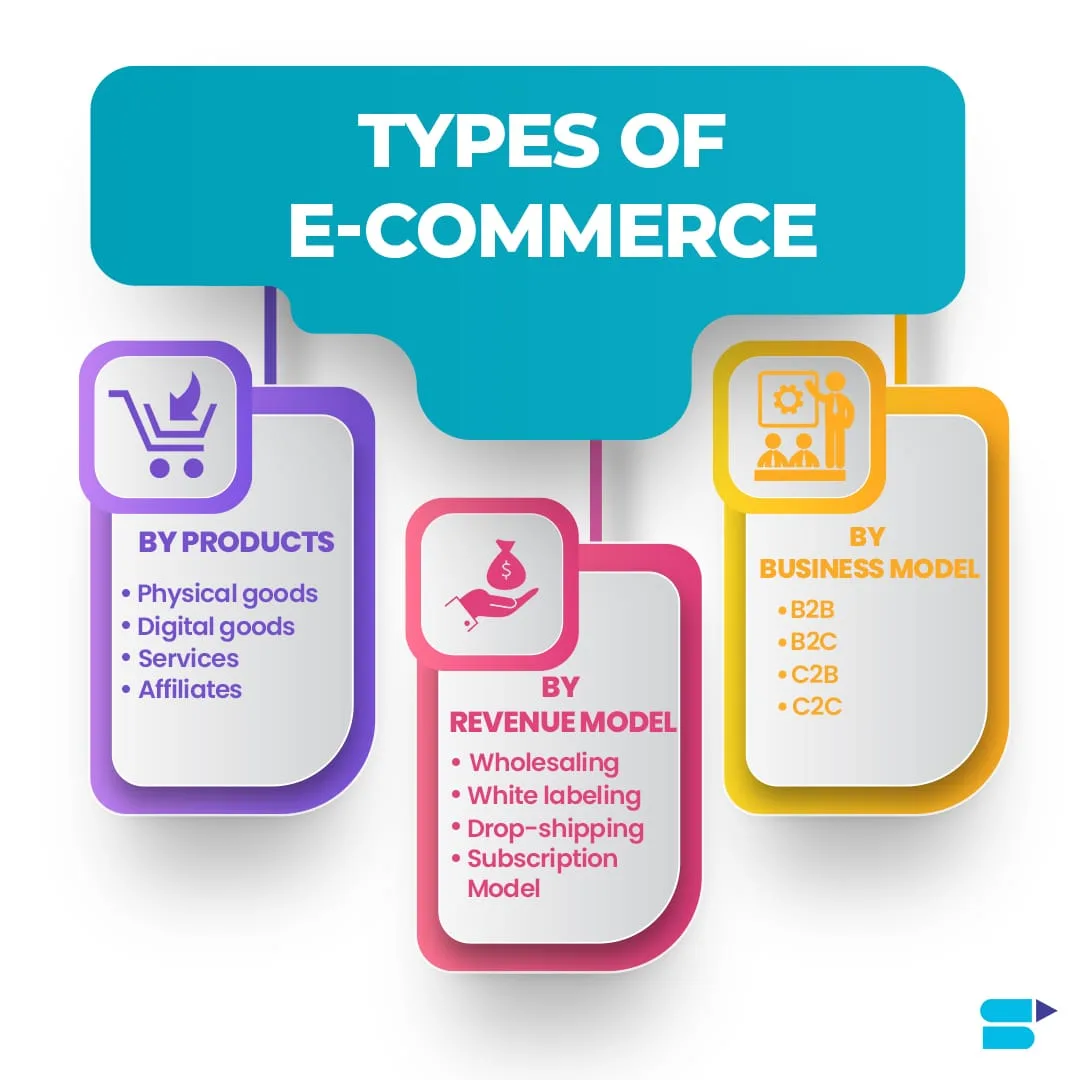
When it comes to eCommerce, optimizing product pages is essential for both SEO and conversions. Product pages are the heart of your online store and need to be designed with both search engine visibility and user experience in mind. In this article, we’ll explore effective strategies to optimize product pages for SEO and conversions.
1. Use Descriptive Product Titles with Keywords
The first step in optimizing your product page is crafting clear, descriptive product titles. Start with the focus keyphrase (e.g., “buy leather wallet online”) at the beginning of the title. This helps search engines understand the page’s content while also improving visibility in search results. Ensure that your titles accurately describe the product and include any important attributes such as color, size, or material.
2. Optimize Product Descriptions
A well-written product description is one of the most important elements of a product page. It not only informs customers but also helps improve SEO. Write unique and engaging descriptions that provide useful information about the product’s features, benefits, and specifications. Use your focus keyphrase naturally at least three times throughout the description, but avoid keyword stuffing.
Example:
“Discover the finest leather wallet designed for both style and functionality. This leather wallet offers ample space for cards and cash, while maintaining a sleek and modern look.”
3. Include High-Quality Images and Alt Text
Visual appeal is crucial for product pages, but so is the SEO value of your images. Ensure you upload high-quality images that showcase the product from different angles. Don’t forget to add descriptive alt text to each image, including relevant keywords to improve search rankings. Alt text helps search engines understand what the images represent, and it improves accessibility for users with disabilities.
4. Optimize URL Structure
Ensure that your product page URL is clean, concise, and contains relevant keywords. Avoid using random numbers or symbols in URLs. For example, a URL like www.yoursite.com/leather-wallet is more SEO-friendly than www.yoursite.com/product/123456. A clean URL improves both SEO and user experience.
5. Implement Schema Markup
Schema markup is a powerful tool for enhancing your product page’s visibility in search results. By using structured data (schema markup), you can help search engines understand and display your product information more clearly. It can provide rich snippets, such as star ratings, price, and availability, directly in the search results, making your product more attractive to potential buyers.
6. Encourage User Reviews
Customer reviews are not only valuable for building trust but also for improving SEO. Product pages with reviews tend to rank higher in search results. Encourage customers to leave reviews after purchase, and make sure they’re visible on the product page. Including customer feedback can also boost conversions by providing social proof that other buyers are satisfied with the product.
7. Improve Page Load Speed
A fast-loading product page is crucial for both SEO and conversions. Slow-loading pages can lead to high bounce rates, negatively affecting your rankings. Optimize images, reduce server response time, and leverage caching to ensure your page loads quickly. Tools like Google PageSpeed Insights can help you test and improve your page speed.
8. Call to Action (CTA) Optimization
Your product page should have a clear and compelling call to action (CTA). Whether it’s “Add to Cart,” “Buy Now,” or “Learn More,” ensure the CTA is prominent, persuasive, and easy to click. A well-optimized CTA can significantly improve conversion rates by guiding visitors through the purchase process.
9. Mobile Optimization
With more shoppers browsing on mobile devices, ensuring your product pages are mobile-friendly is essential. Google’s mobile-first indexing means that the mobile version of your site is considered the primary version. Optimize your product pages for mobile by using responsive design, making buttons large enough to click, and ensuring fast load times on mobile networks.
10. Cross-Sell and Upsell
On your product page, consider adding related products that complement or enhance the item being viewed. Cross-selling and upselling strategies can increase the average order value, while also improving the shopping experience for customers. For example, if a customer is looking at a leather wallet, you could display matching belts or cardholders.
Conclusion
Optimizing product pages for SEO and conversions is a multi-faceted process that requires attention to detail. By focusing on elements such as clear product titles, unique descriptions, high-quality images, and mobile optimization, you can significantly improve both search engine rankings and conversion rates. Remember, it’s not just about attracting traffic – it’s about converting that traffic into paying customers.

















